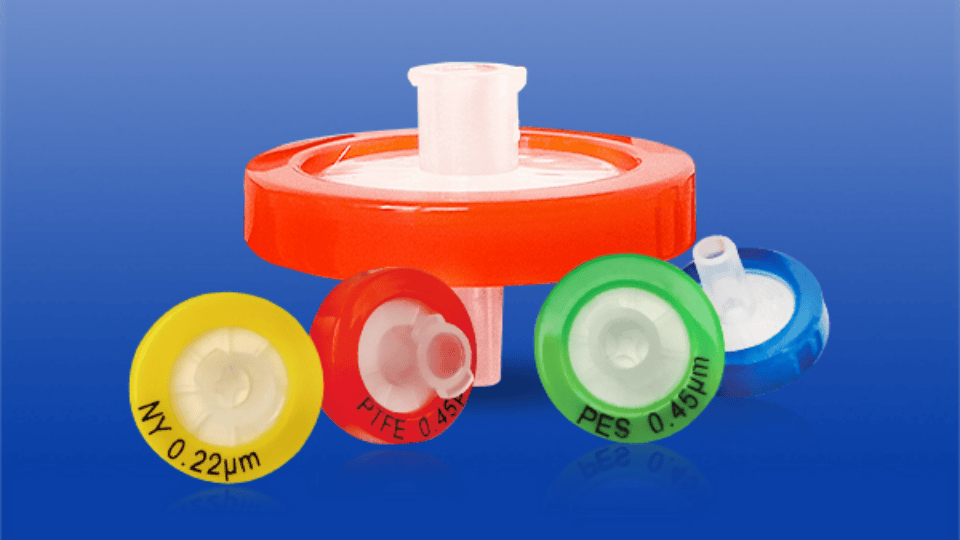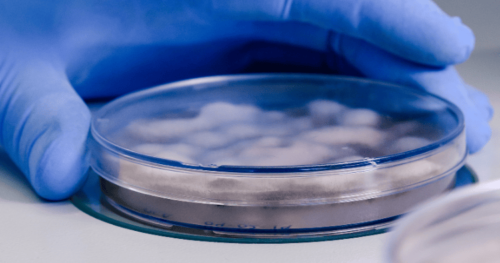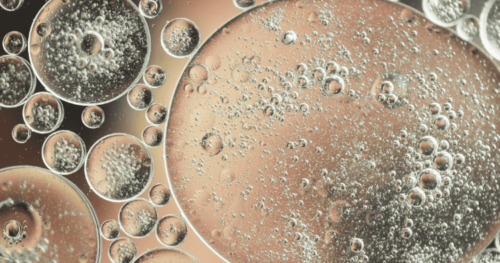Memilih yang tepat saringan jarum suntik merupakan tahap penting dalam proses penyiapan sampel, yang sangat penting dalam pengaturan laboratorium di mana kemurnian sampel sangat penting. Filter jarum suntik meningkatkan reproduktifitas hasil uji selain menjaga peralatan analisis yang rapuh. Masing-masing dari sekian banyak filter jarum suntik yang ditawarkan GVS Malaysia sesuai untuk jenis sampel atau pelarut tertentu. Memilih filter jarum suntik yang tepat untuk kebutuhan laboratorium Anda menjadi lebih mudah dengan bantuan panduan ini.
Apa itu Filter Syringe?
Filter jarum suntik adalah kartrid filter sekali pakai yang dipasang di ujung jarum suntik dan digunakan untuk menghilangkan partikel dari cairan sebelum analisis. Dengan menyaring bahan yang tidak diinginkan, filter jarum suntik mencegah kerusakan pada instrumentasi dan gangguan pada hasil analisis. Filter ini tersedia dalam berbagai diameter dan ukuran pori serta terbuat dari bahan yang berbeda agar kompatibel dengan pelarut kimia dan aplikasi tertentu.
Faktor-faktor yang Perlu Dipertimbangkan Saat Memilih Filter Jarum Suntik
- Bahan Membran:
- Politetrafluoroetilen (PTFE): Ideal untuk pelarut organik dan asam kuat karena ketahanan kimianya yang kuat.
- Nilon: Serbaguna dan cocok untuk pelarut organik dan berair, menjadikannya pilihan populer untuk penggunaan laboratorium umum.
- Polivinilidena fluorida (PVDF): Lebih disukai untuk aplikasi pemulihan protein karena memiliki ikatan protein yang rendah.
- Selulosa Asetat: Paling baik untuk sampel biologis yang sensitif karena meningkatkan pengikatan protein rendah dan bersifat hidrofilik.
- Ukuran Pori:
- Pemilihan ukuran pori bergantung pada tingkat penyaringan yang dibutuhkan. Ukuran yang umum termasuk 0,22 µm untuk aplikasi steril dan 0,45 µm untuk pemurnian partikulat.
- Diameter:
- Diameter saringan jarum suntik harus dipilih berdasarkan volume sampel yang perlu disaring. Diameter yang lebih kecil cocok untuk sampel di bawah 10 mL, sedangkan diameter yang lebih besar diperlukan untuk volume hingga 100 mL guna mengurangi penumpukan tekanan dan mencegah filter meledak.
- Kompatibilitas Sampel:
- Pastikan bahan filter kompatibel dengan sampel yang sedang diproses. Misalnya, PTFE bersifat inert dan memiliki jangkauan luas, cocok untuk pelarut agresif, sedangkan Nilon merupakan pilihan yang lebih hemat biaya untuk cairan yang tidak terlalu korosif.
Praktik Terbaik untuk Penggunaan Filter Jarum Suntik
- Pra-pembasahan Filter: Beberapa filter, terutama membran hidrofobik seperti PTFE, harus dibasahi terlebih dahulu dengan alkohol sebelum menyaring larutan berair untuk mencegah penyumbatan membran.
- Volume dan Tekanan: Hindari penerapan tekanan berlebihan selama penyaringan, yang dapat menyebabkan membran filter pecah atau sampel terlewat terlalu cepat, sehingga mengurangi efektivitas penyaringan.
- Volume Sampel: Gunakan ukuran filter yang sesuai dengan volume sampel Anda untuk mengoptimalkan laju aliran dan memastikan penyaringan lengkap tanpa membuang sampel apa pun.
Kesimpulan
Memilih yang tepat saringan jarum suntik penting untuk menjaga keamanan peralatan lab dan mencapai hasil analisis yang akurat. Lab dapat meningkatkan prosedur pengujian mereka dengan mempertimbangkan elemen-elemen seperti kompatibilitas sampel, ukuran pori, dan bahan membran. Beragam pilihan filter jarum suntik yang ditawarkan oleh GVS Malaysia menjamin bahwa Anda akan menemukan yang paling sesuai untuk aplikasi apa pun, menegakkan standar efisiensi dan kemurnian tertinggi dalam pekerjaan laboratorium Anda.



